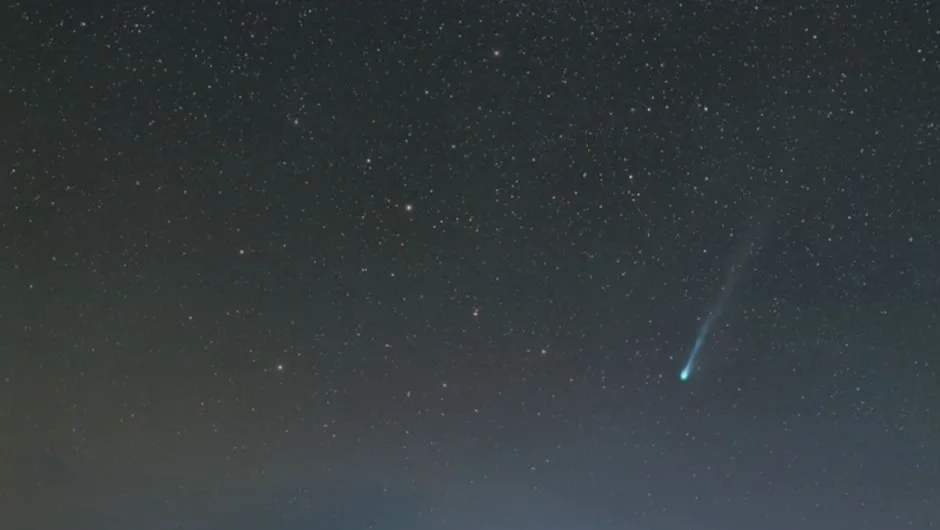
It took decades to wait, but Comet 12P/Pons-Brooks, also known as the “Devil's Comet,” is now visible in Earth's night sky.
By: cnn
Currently it can be seen with focal instruments; However, it will be visible to the naked eye in the coming weeks, according to NASA's “Astronomy Picture of the Day” website.
Below is all the information you need to know to see this astronomical object.
What is the “Devil's Comet”?
Ponce-Brooks is a Halley-type comet that orbits our Sun once every 71 years, according to NASA.
Comets are called 'Halley-type' because of the period of their orbits: Swinburne University (Australia) explains that objects of this type have orbital periods of 20 to 200 years.
Thus, Ponce-Brooks, within this range, is Halley's comet, which gives the category its name and visits the interior of our solar system once every 76 years.
NASA says of its nickname, Ponce-Brooks is known as the “Devil's Comet” for its horn-shaped appearance.
According to the specialized site Earthsky, this comet was discovered by Jean-Louis Bonz in 1812, and then by William Robert Brooks in 1883 (71 years difference, the period of the orbit), which is why this astronomical object has its name. “Bance-Brooks.”
When and where to watch?
Comet Ponce-Brooks started leaving trails in the sky from the middle of last year.
Earthsky, on its way closer to the Sun, indicated that the “Devil Comet” had its first outburst on July 20, 2023, which astrophotographers could see.
Comet nuclei often produce explosions, which are sudden releases of dust and gas that increase the brightness of these objects, according to the Encyclopedia Britannica.
Since then, Ponce-Brooks has produced more explosions and more are expected to come. What does this mean? The comet will shine brightly in the sky, making it easy to spot.
Currently, NASA has indicated that the comet can be seen in the night skies of northern Earth with the help of binoculars or binoculars.
You can read the full note here cnn





:quality(85)/cloudfront-us-east-1.images.arcpublishing.com/infobae/KTKFKR763RBZ5BDQZJ36S5QUHM.jpg)